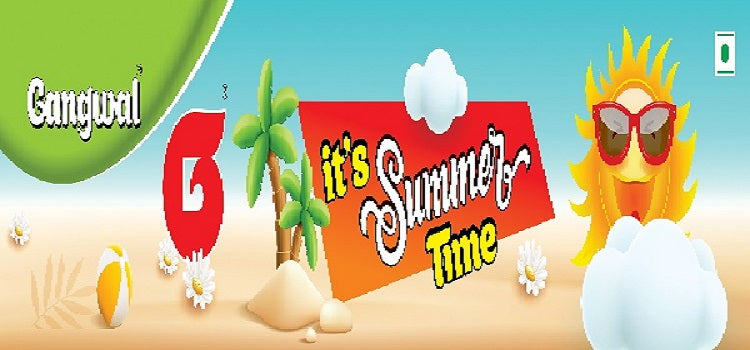Makka Aata" refers to Yellow Maize Flour, which is a type of flour made from dried yellow maize kernels. Maize, commonly known as corn, is a cereal grain that is widely cultivated and used for various culinary purposes around the world.
Yellow maize flour is popular in many countries, especially in South Asia, where it is known by different names in different languages. In India, it is often called "Makka Aata" or "Makai Ka Atta" in Hindi. In other regions, it may be referred to as "Makai no Lot" in Gujarati or "Makka Cholam" in Tamil, among other names.
Here are some key features and uses of yellow maize flour (Makka Aata):
-
Color and Texture: Yellow maize flour has a distinct yellow color, which comes from the natural pigments present in maize. It has a fine texture, similar to other cereal flours.
-
Gluten-Free: Yellow maize flour is naturally gluten-free, making it suitable for individuals with celiac disease or gluten sensitivity.
-
Nutritional Content: Yellow maize flour is a good source of carbohydrates, fiber, and various essential nutrients such as vitamin B6, magnesium, and phosphorus. It also contains antioxidants like lutein and zeaxanthin.
-
Culinary Uses: Yellow maize flour is commonly used to make traditional dishes in many cultures. In India, it is used to prepare various regional specialties like makki ki roti (a flatbread made from maize flour) in Punjab and bhutte ka kees (a grated corn stir-fry) in Rajasthan. In other parts of the world, it may be used to make tortillas, cornbread, porridge, or other dishes.
-
Thickening Agent: Yellow maize flour can be used as a thickening agent in soups, stews, and sauces due to its ability to absorb liquid and create a smooth texture.
-
Storage: Like other flours, yellow maize flour should be stored in an airtight container in a cool, dry place to maintain its freshness.
